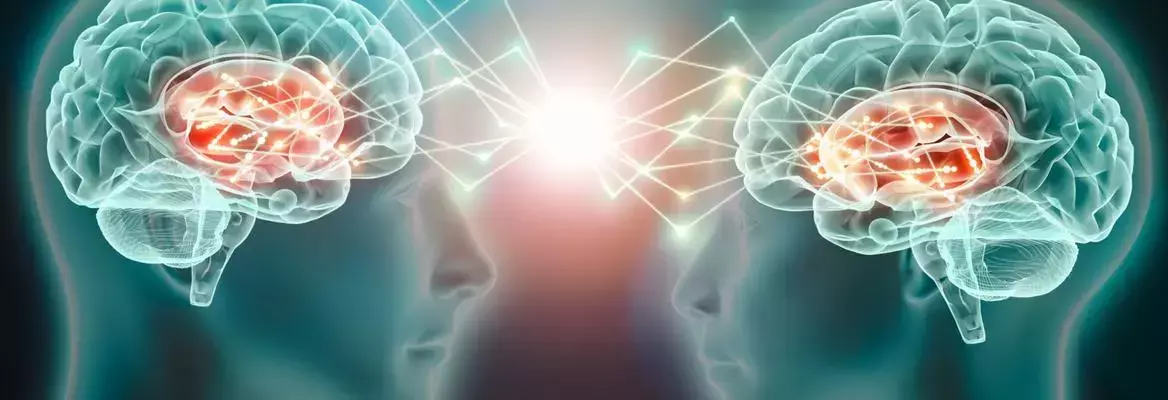
One of the most beautiful (and sometimes overwhelming) truths about being human is this: our brains are shaped by our relationships.
We’re wired for connection. And from the very beginning—even before we’re born—our nervous systems are learning about the world through the people around us. This is what Interpersonal Neurobiology, or IPNB, helps us understand: how our brains, bodies, and relationships are deeply connected.
Why Care and Connection Matter
When we feel safe and cared for—especially in the early years—our brains build strong, flexible pathways that support emotional regulation, empathy, self-awareness, and resilience. But when care is inconsistent or absent, the brain adapts to survive. This isn’t about blame—it’s about understanding how our earliest experiences shape how we move through the world.
And here’s something lovely: care from others and care for others are among our most natural, biological responses to stress. When we’re overwhelmed, kindness and connection can help us come back into balance. They’re not just "nice to have"—they’re essential for healing.
What’s Happening in the Brain?
Interpersonal Neurobiology looks at several key areas of the brain that work together to help us feel safe, connected, and emotionally balanced:
- The hypothalamus: helps regulate stress and hormones.
- The amygdala: processes strong emotions and alert signals.
- The prefrontal cortex: helps with decision-making, emotional regulation, and understanding others.
When these parts of the brain are working in harmony, we’re more likely to feel steady, connected, and able to cope with life’s ups and downs. And relationships—especially warm, attuned ones—play a major role in helping these systems grow and heal.
Integration: The Key to Well-Being
Dr. Dan Siegel, one of the leading voices in IPNB, talks a lot about integration—the idea that well-being comes when different parts of the brain (and self) are connected and working together.
He describes nine areas of integration that support mental, emotional, and relational health. Don’t worry—you don’t need to memorize them all—but here are a few that stand out:
- Mind-body integration: when our basic physical needs and emotional needs are in tune.
- Left-right brain integration: when logic and emotion are able to communicate.
- Memory integration: when we can make sense of past experiences and how they shape us.
- Interpersonal integration: when we can be connected to others without losing ourselves.
When we support these areas, we’re helping the brain build pathways for empathy, insight, flexibility, and emotional resilience. That’s why practices like mindfulness, storytelling, meaningful connection, and even just being with someone who feels safe can have such a powerful impact.
Why This Matters in Therapy
As a counsellor, I draw from this understanding in every session. I look at the whole person—not just what’s happening on the surface, but what might be going on in the nervous system, in the body, and in the stories they’ve carried since early life.
If you or your child sometimes struggle with emotions, relationships, or a sense of safety, it’s not about "what’s wrong with you"—it’s about what your nervous system has learned to expect based on past experiences.
The good news? These patterns aren’t fixed. With time, safety, and connection, the brain can rewire. Healing is possible.
Final Thoughts
Interpersonal Neurobiology reminds us that healing doesn’t happen in isolation—it happens in relationship. Whether it's through counselling, close friendships, safe family bonds, or even compassionate strangers, every moment of connection is an opportunity for the nervous system to feel a little more at ease.
If this resonates with you, and you're curious about how your own early experiences may be showing up in your life today—or how you can support your child’s nervous system with more awareness—I’d love to walk alongside you.
At Wabi Sabi Wellness, we embrace the beautifully imperfect, the ever-evolving, and the deep wisdom of the nervous system. Healing doesn’t always look linear, but it often begins with feeling seen.

Jill Havelock
Contact Me



